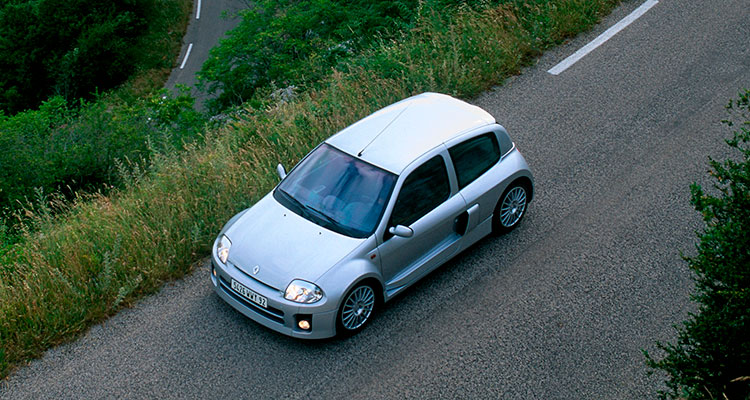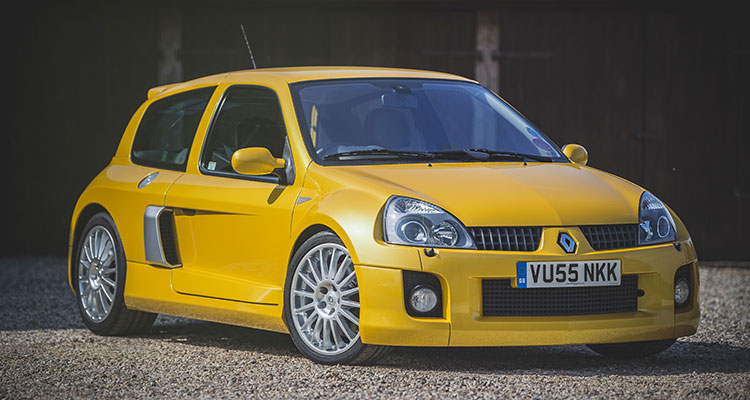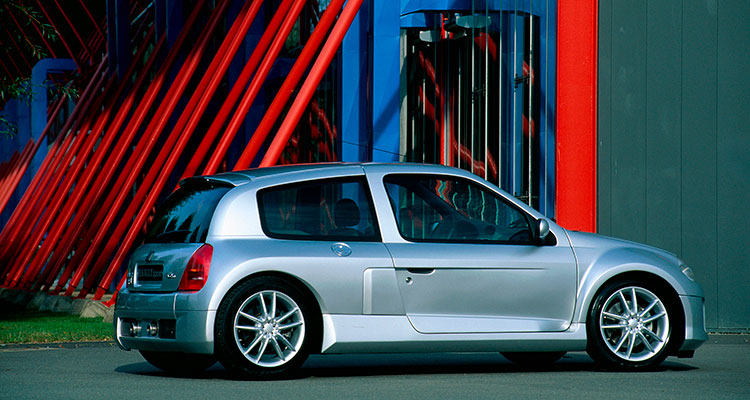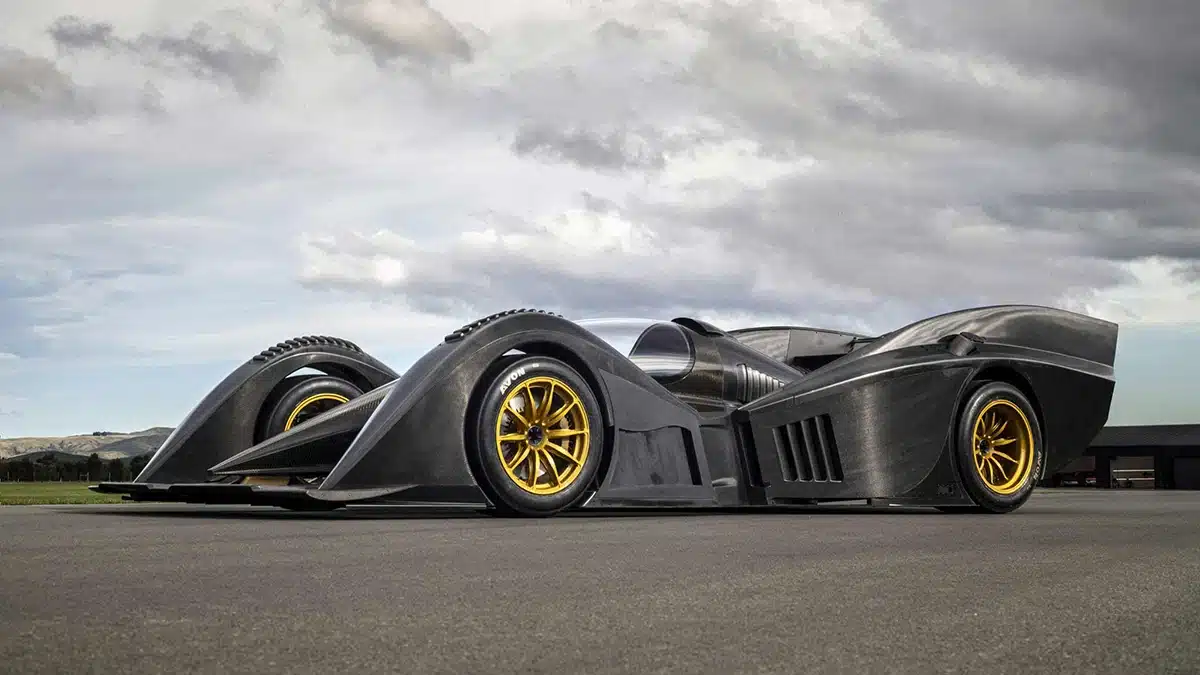The Clio V6 turns 20 and we look back at the crazy hatch that shook the world
A mid-engine, V6 race car for the road but in hatchback form – the Renault Clio V6 was one of those cars that makes you wonder how it made it past the concept phase.
Like a spiritual successor to the Renault 5 Turbo and kind of similar to what we’re seeing today with the Toyota GR Yaris, the Clio V6 was a step above your average hot hatch and entered well into ‘utter madness’ territory.

Debuted at the Paris Motor Show in 1998 as a concept, enthusiasts and journalists alike could not believe that the production version of the car could be quite as extreme as the concept in front of them. As you would expect with most concept cars that the production model would be more tame, Renault surprised the motoring world when the ‘Phase 1’ production model was released to be 98% faithful to the concept car.
Released in 2000, the Clio V6 featured a mid-mounted engine, sitting where the rear seats would normally be, that produced 230 hp and 300 Nm of torque. 0-62 mph was achieved in just 6.4 seconds with a six-speed manual transmission and thanks to the V6 engine which was an altered version of the Renault Laguna engine, equipped with new pistons, larger inlet ports, a higher rev limit and increased compression ratio.

Just like the Renault 5 Turbo, the Clio V6 was rear wheel drive too. Also featuring a limited slip differential for better grip, yet at the same time, the short wheelbase and lack of traction control meant driving the Clio V6 was certainly ‘engaging’ to put it lightly. It demanded full concentration and a great deal of skill to operate properly and achieve its performance potential.
Also, just like the Renault 5 Turbo, the Clio V6 had some seriously cool styling. Flared wheel arches and large air intakes helped it stand out when sat next to the Clio Renault Sport 172, from which the body was taken. The front and rear bumpers were unique to the V6, as were the wings and sides of the car, making it identifiable from a mile away. The extreme body styling helped send a message that this was no ordinary hatch back and in fact, probably closer to a supercar than it was to the standard Clio.

With staggered wheels, vented brakes, AP Racing 4-pot callipers (a production car first) and plenty of alcantara on the inside and very limited storage space, it sure did tick some of the same boxes that a supercar would.
After the success of the Phase 1 models, Renault launched the Phase 2 models featuring updated facelift styling, larger 18-inch alloys, revised air intakes and 25 more horsepower. Most notably, though, the now-iconic Liquid Yellow (J37) paint was made available as an option, a colour that is now synonymous with Renault performance cars. And all thanks to the legendary Clio V6.
The race-bred Clio V6 has gone down in motoring history as a stellar example of an extreme hot hatch designed for the most passionate enthusiasts. Nearly 3,000 were built (by hand) between 2000 and 2005 and 20 years on from its release, we can only look back fondly on what was one of the greatest hot hatches ever made.
Let us know what you think of the Clio V6, in the comments!
If you enjoyed this, you may also like ‘GR Yaris: Better Than A Golf R?’
For more articles like this, receive our weekly e-newsletter, including partner deals and all things motoring, register your email below.
Please note: You cannot subscribe to Smart-Motoring unless you put a tick in the checkbox below to indicate have read and agreed to our privacy policy.


